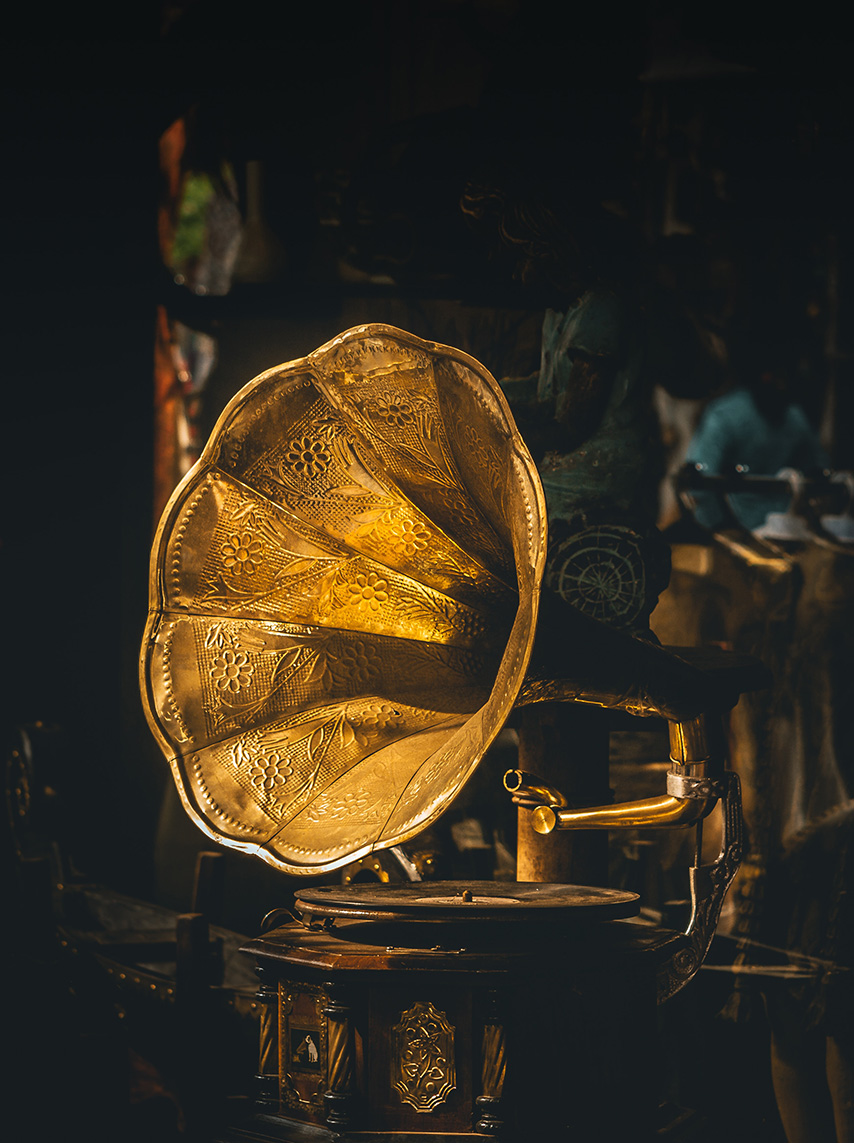By Lyla Shroff
In ancient times, only the wealthy and royal could afford antique or decorative items to furnish their homes. Expensive furniture, tapestries, carpets, glass, silverware, metal ware, ceramics, and sculptures were not easily accessible and hence, out of reach for most people. Even in the modern world, where every little thing can be bought online, the beauty and uniqueness of traditional and handmade antiques remains alive. Whether you’re a seasoned collector, a décor enthusiast, or a complete beginner in the world of antiques, we’re here to show you why collecting antique pieces is a great investment.
What Can be Considered an Antique?
An antique is essentially a work of art or an object that is at least 100 years old. Pieces of art created more recently can be considered vintage or retro items. Antiques are items that carry historical and sentimental significance. The value of an antique piece increases with time due to its rarity and demand.
We understand that investing in expensive art can often be risky and nerve-wracking, especially if it’s your first time. We’ve put together a list of reasons to help guide you through this investment.
1. A Hobby that Pays You Back
Collecting antiques is undeniably an expensive hobby—buying something of historical significance comes with a hefty price tag. If you are looking for a hobby that can have significant returns in the future, antiques are the way to go. Antiques and art pieces have a high return on investment due to the lack of influence from inflation and market volatility. The value of goods rises with their rarity, which is not subject to fluctuation as the antique market does not align with regular economic patterns such as recessions.
2. Items of Historical Significance
If an antique is in its original and unrestored form, the value of it will constantly increase. Collectables differ from stocks and shares in terms of investment, due to the rarity of these goods. If they are one of a kind or hold historical significance, it will be reflected in their value. The signs of simple craftsmanship such as enamelling, inlays, and needlework show the ancient style of handiwork, indicating the uniqueness of a piece. A craftsman’s mark is a signature left behind by the artist, proving its authenticity in times where there were no machines. It is important to look for this mark when buying antiques to ensure its legitimacy.
3. Antiques are Trend-Proof
Antiques are not items that conform to trends. The lack of modernity actually adds to their beauty. They can add personality and character to the most contemporary décor and elevate any living space.
4. Environment Friendly Purchases
Commercial mining methods are extremely harmful for the environment and cause irreversible damage to our land. Buying antiques promotes the use of precious metals and materials and provides eco-friendly options for décor.
5. Heirlooms for Your Family
Heirlooms are essential to any family tree—there is a special sentiment behind possessing a piece that was previously owned by your ancestors. Antiques and collectables are easy to pass along, survive for generations to come, and are always rising in value.











